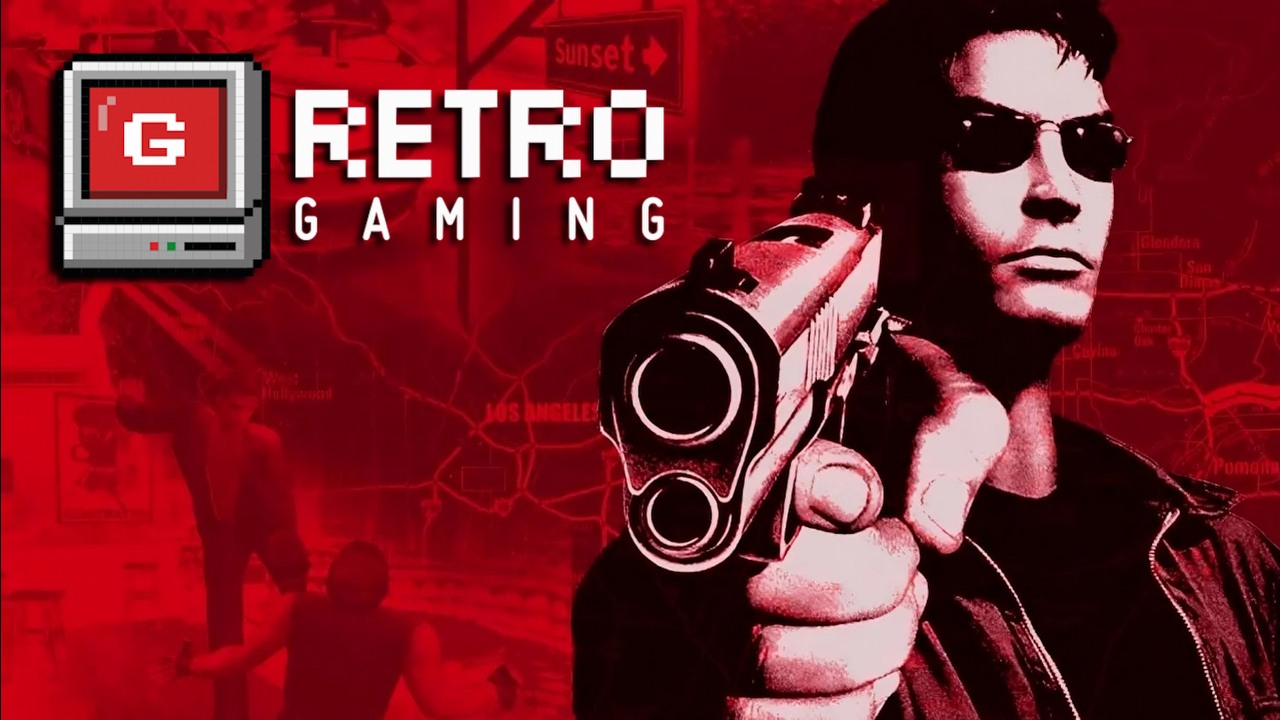
By 2005, Activision-owned Call of Duty series was already thriving in popularity, though it hadn’t fundamentally changed the first-person shooter genre (that would come later with the launch of Call of Duty 4: Modern Warfare in 2007). At the same time, the publisher didn’t sit idle and sought to diversify its offerings. Seizing this opportunity, the Luxoflux team crafted True Crime: Streets of L.A., an action game set in a vast open world, frequently likened to the Grand Theft Auto series.
“Grand Theft Auto clone”
Prior to the game discussed in this article, Luxoflux had already made a name for itself with other notable games like Vigilante 8 and Star Wars: Demolition. At its release, True Crime: Streets of L.A. was undeniably the grandest production from the studio, offering an expansive open world spanning over 622 square kilometers. This Reddit comparison aptly highlights its vastness, as many players recall their journeys across different regions of LA, often expressing a less than fond memory due to the seemingly endless travels.
In this game, you could freely roam around areas modeled after real-life Los Angeles locations like Beverly Hills and Santa Monica, all meticulously replicated for authenticity. Finding significant structures, items, and notable sites within these locales was quite straightforward.
Criminal mysteries of Los Angeles
The protagonist of this game is Nicholas Kang, formerly an LAPD detective, now working with the Elite Operations Division. He was assigned to probe a string of explosions in Chinatown as his primary duty. However, as he delved deeper into the case, it turned out to be part of a larger conspiracy that stretched over two decades and had connections to the unsolved disappearance of his father. What makes this story intriguing is that its ending could vary depending on whether one chooses to play the role of a morally upright or questionable character.
In the game, a gauge was added showing how well we were performing our police tasks. By conducting investigations, apprehending crooks, and subduing adversaries during covert operations (instead of eliminating them), we boosted the ‘good officer’ level. Conversely, when we were taking out civilians and criminals, we were raising the ‘bad officer’ tally.
In this scenario, a different narrative might have been selected, and the city’s residents could have even turned hostile towards Kang. Consequently, SWAT teams were dispatched with the objective of eliminating him, demonstrating that assuming the role of the antagonist didn’t yield any positive outcomes for him. In simpler terms, acting as the villain didn’t bring him any benefits.
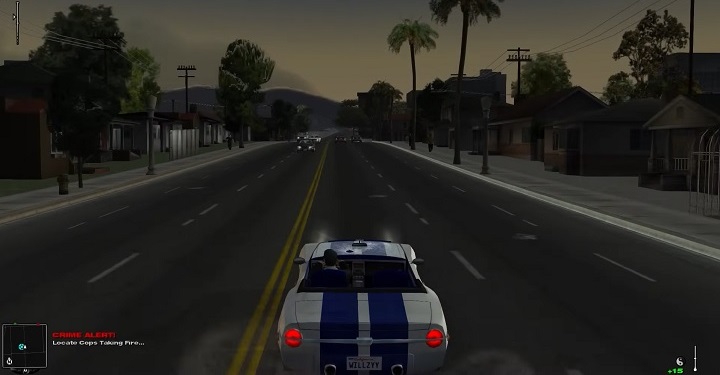
There was no boredom
True Crime: Streets of L.A., similar to games like GTA III or GTA: Vice City, enabled players to traverse the city both on foot and in vehicles. The main thrust of the game was story-driven missions, although there were opportunities to roam freely around Los Angeles when not engaged with these objectives. However, it’s important to note that the variety of side activities found in Rockstar Games’ titles was not a prominent feature in this game.
Even though there were instances when you might have felt like you had nothing to do, the game developers ensured that wasn’t the case by providing four distinct types of missions. These missions allowed for exciting shootouts, where we could find shelter and utilize weapons left behind by our opponents. Additionally, Kang demonstrated his combat prowess in hand-to-hand encounters, delivering a barrage of punches and kicks to overwhelm enemies, and even executing spectacular “finishers.
Occasionally, the main character had to perform covert actions, moving past foes undetected and striking them unaware (the game allowed us to choose between incapacitating or eliminating the target). The designers handled the stealth sequences with great care, demanding that we remain alert, not only watching for enemies on the move within the area, but also minding our steps carefully. Making noise by stepping on debris like broken glass or plastic could draw the notice of nearby adversaries.
The last type of mission on the list involved driving a car, engaging in pursuits, and tracking our targets. As an added bonus, there were various criminal activities scattered throughout for extra challenges.
As our journey continued, we earned points that could be traded for unique emblems. These emblems functioned as a form of currency, allowing us to buy enhancements for weapons, vehicles, or physical combat skills. To acquire a specific enhancement, you had to also pass a challenging test successfully.
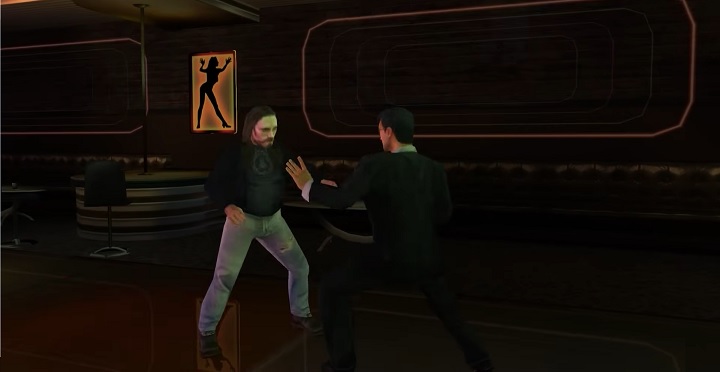
Successful debut
In the fall of 2003, the game “True Crime: Streets of L.A.” was launched for GameCube, Xbox, and PlayStation 2 systems. The game earned positive reviews from gaming media outlets, with an average score of 77/100 on Metacritic.
In May 2004, the game was also made available for PC. Compared to its console counterpart, the PC version was notable for its mouse and keyboard controls, as well as character skins inspired by other Activision games. Additionally, this version included 32 extra tracks. Unfortunately, this PC edition didn’t receive as favorable reviews as the console version (with many criticisms directed at the graphics quality). It scored an average of 68/100.
Regardless of your opinion, the game “True Crime: Streets of L.A.” undeniably thrived in popularity. Its impressive sales figures, surpassing the 3-million mark, prompted Activision to approve further development by Luxoflux, paving the way for a sequel.
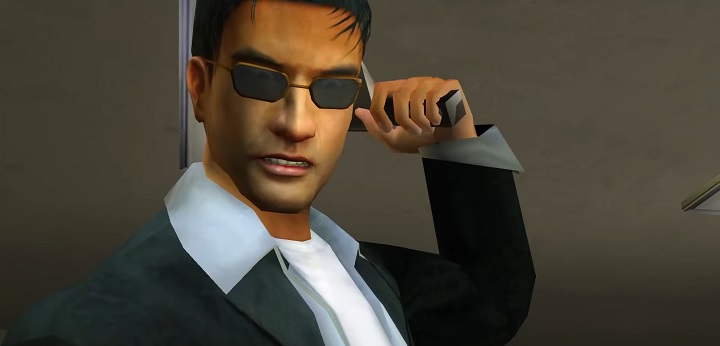
What happened next?
Back in 2005, I got my hands on True Crime: New York City for consoles, and a year later, it was available on PC too. Critics weren’t as enthusiastic about this game compared to its predecessor (with an average score below 60/100), but that didn’t stop it from selling over 3 million copies, just like the original did.
Although Luxoflux studio distanced itself from the brand following the launch of the second True Crime game, plans were still in place to continue the series. The third installment, True Crime: Hong Kong, was handed over to United Front Games team for development, starting in 2008. Regrettably, this project was eventually terminated after three years due to delays and financial constraints. However, Square Enix intervened, rebranding the game as Sleeping Dogs, which will be discussed further in another context.
Over the subsequent years, the Luxoflux team primarily worked on developing video games inspired by popular movies, resulting in the creation of Kung Fu Panda and Transformers: Revenge of the Fallen.
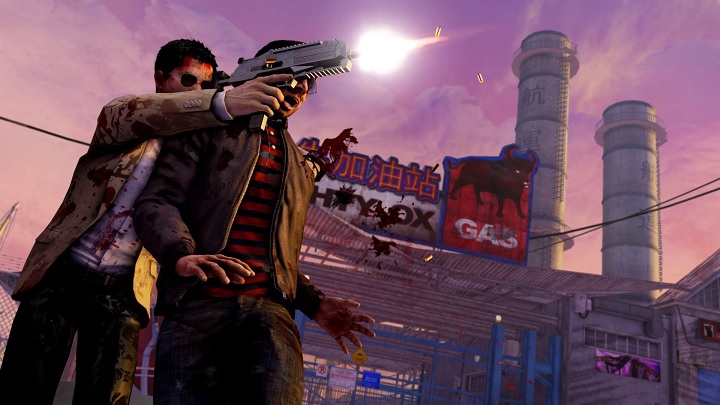
How to play True Crime: Streets of L.A. today?
Currently, the game “True Crime: Streets of L.A.” is not found on GOG.com, Steam, or the digital stores of Sony, Microsoft, and Nintendo. However, you can still find boxed versions for the PC, PlayStation 2, and Xbox that range from $4 to $5. If you’re looking for a GameCube version, expect to pay approximately $20.
Read More
- Who Is Harley Wallace? The Heartbreaking Truth Behind Bring Her Back’s Dedication
- Basketball Zero Boombox & Music ID Codes – Roblox
- 50 Ankle Break & Score Sound ID Codes for Basketball Zero
- 50 Goal Sound ID Codes for Blue Lock Rivals
- LINK PREDICTION. LINK cryptocurrency
- Ultimate AI Limit Beginner’s Guide [Best Stats, Gear, Weapons & More]
- TikToker goes viral with world’s “most expensive” 24k gold Labubu
- 100 Most-Watched TV Series of 2024-25 Across Streaming, Broadcast and Cable: ‘Squid Game’ Leads This Season’s Rankers
- League of Legends MSI 2025: Full schedule, qualified teams & more
- All Songs in Superman’s Soundtrack Listed
2025-03-22 23:02